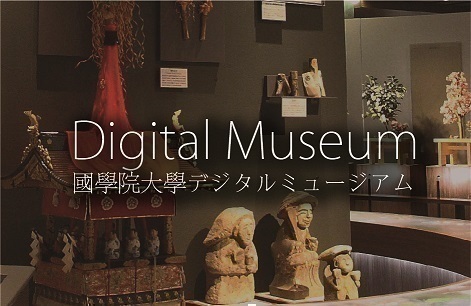- トップ
- Encyclopedia of Shinto
- Saishi yōgo
Encyclopedia of Shinto
| Main Menu: | |
| Links: |
詳細表示 (Complete Article)
| カテゴリー1: | 5. Rites and Festivals |
|---|---|
| カテゴリー2: | Types of Rituals |
| Title | Saishi yōgo |
| Text | Japanese "observances" (matsuri) can be broadly divided into two types, annual observances (nenchū gyōji) and rites of passage (tsūka girei). The term annual observances refers to a system in which a set of observances is repeated on a yearly basis in a particular social group. The term itself originates at the imperial court of the Heian period, where the lunar calendar imported from China was used to determine the date of observances. Among the central annual observances of the imperial court was a group of observances called sekku, rites held at the Kamo Shrine, and a purification ritual held in the sixth month of the lunar calendar (mutsuki harae), to name just a few. These events can be discerned in picture scrolls depicting the annual observances (nenchūgyōji emaki). Unlike the official written court calendar, there also existed fol calendars among the common population that were rooted in local seasonal conditions. In many cases, these folk calendars were based on the rice farming cycle. In 1872, the decision was made to introduce the solar calendar. Its actual implementation began on the first day of the following year and it is still in use today, but annual observances are organized based on a combination of the Chinese calendrical system and folk ritual calendars based on rice cultivation. Examining annual observances from the perspective of rites related rice cultivation, one finds observances to pray for a rich harvest at the time of seeding, rituals to guarantee the healthy growth of the rice crop, rituals to protect the crop such as the insect repelling ritual (mushi okuri) and rain making ritual (amagoi), and thanksgiving rituals at the time of harvest. Also, in the period in-between harvest in autumn and seeding in spring, many rituals are performed in anticipation of hoped-for results, such as in the case of Little New Year's Day (koshōgatsu) that represents a prayer for a bountiful harvest. Apart from these categories, there are seasonal events such as winter observances which mostly feature rituals performed in anticipation of good results, spring observances accompanying the summoning of the kami and the beginning of farming, summer observances to prevent calamities such as harae or the mushi okuri ritual to drive off harmful insects, and autumn observances in which thanks is given for the harvest and the kami are sent off again. As for rites of passage (tsūka girei), this is an academic term coined by the Dutch folklorist Arnold van Gennep (1873-1957). There are a number of crucial turning points in life, such as birth, christening, entering adulthood, marriage and death. At each of these points, there occurs a change in social status and the acquisition of new social roles. Upon passing these crucial points, alongside publicly announcing the new status, rites are performed to assure a safe transition into the new role. This is what is defined as a rite of passage (tsūka girei), and the term specifically refers to such occasions as coming-of-age ceremonies (genpuku), weddings, and funerals. In its narrow sense, the term therefore refers to life-cycle rituals that accompany the life of an individual. However, in its wider definition, the term expresses rituals that accompany shifts from one state of being to another and also covers traveling or relocations to other regions as well as joining new groups (initiation). Life-cycle rituals begin even before birth, involving those who actually deliver and rear a new life. In the sense that rituals are carried out by the bereaved and the communities of the deceased, life-cycle rituals also continue after death. Rituals connected to childbirth begin with the announcement of pregnancy and the sash-binding ritual (obi iwai) – the custom of tying a special cloth around the waist of a woman in the fifth month of pregnancy to ensure a safe and painless delivery – and are continued in the form of the first visit to a shrine (hatsumiya mōde), a weaning ceremony (kuizome), the first seasonal festival (hatsuzekku), and the seven-five-three celebrations (shichigosan) among others. Life-cycle rituals after death continue long after the funeral in the form of memorial services. Ordinarily they are supposed to be carried out until the 33rd year after death. However, in reality, they may be abandoned sooner or continue on even further to the 50th or the 100th year. Also entrance ceremonies and graduation ceremonies at schools are considered to be secularized forms of life-cycle rituals. — Iwai Hiroshi |




